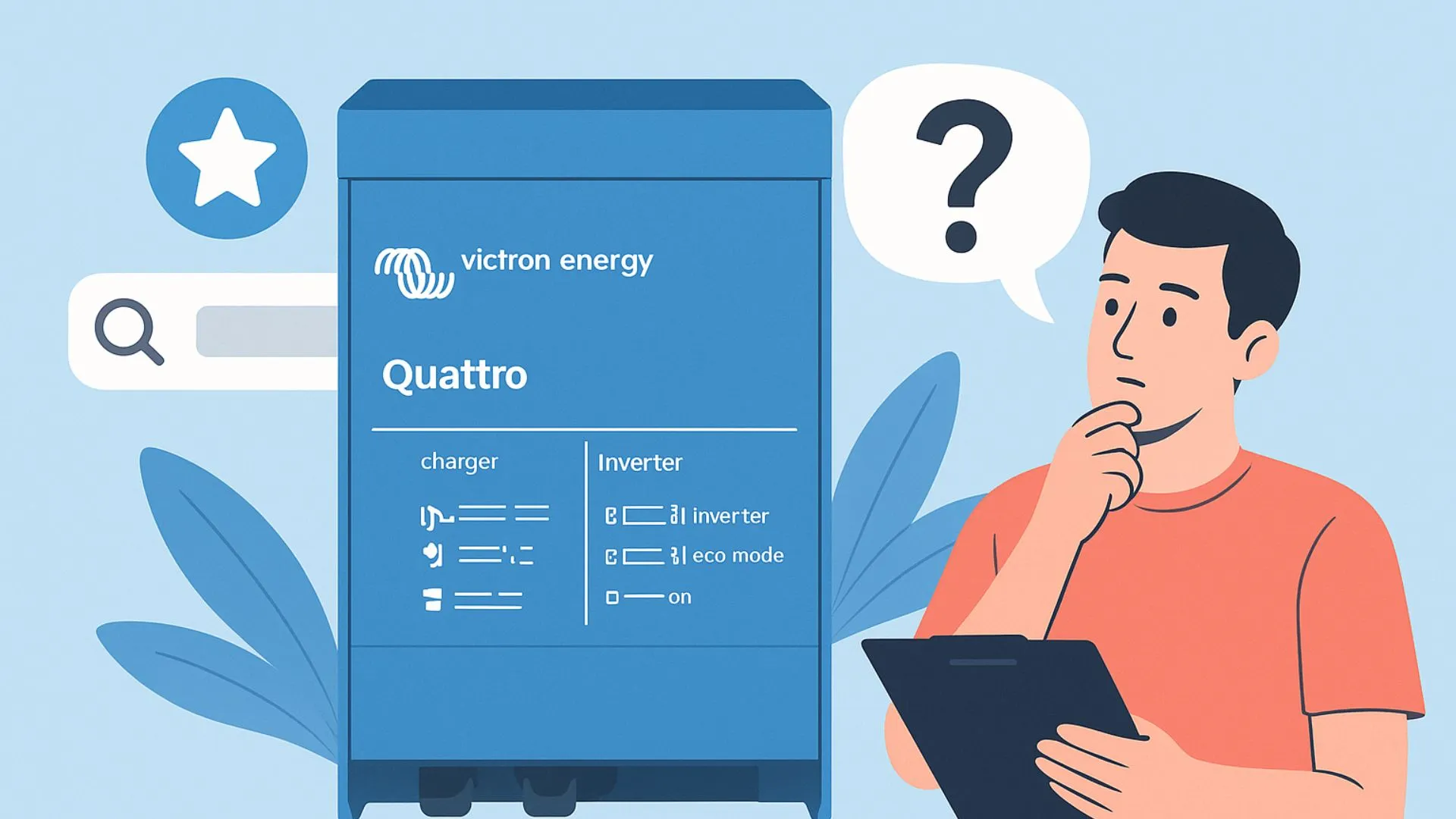In today's world, smartphones have become ubiquitous, but their production and disposal come with significant environmental consequences. From the extraction of rare earth minerals to the generation of electronic waste, the impact of smartphones on the environment is undeniable. In this guide, we'll explore the environmental footprint of phone manufacturing, discuss sustainable phone options, and evaluate the sustainability efforts of leading smartphone manufacturers like Fairphone, Apple, and Samsung.
Join us as we delve into the world of eco-friendly choices and upgrades in the realm of mobile technology!
Currently, although various institutional policies (as well as) companies aim to address the challenge of making phones more sustainable, there is still a significant number of sustainability problems associated with phone manufacturing.
Manufacturing Processes: Extraction And More
Phones have seamlessly integrated into our daily routines, yet their environmental implications remain widely overlooked. The manufacturing process involves extracting rare earth minerals, which can significantly harm biodiversity. Mining activities contribute to soil erosion, water pollution, and deforestation, among other detrimental effects. Moreover, the extraction process releases toxic chemicals like sulfuric acid and cyanide, posing risks to both human health and the environment.
Phone Disposal Challenges
What happens when you no longer need a phone? Well, it's not difficult to envision. The majority of electronic waste, including mobile phones, either ends up in landfills or gets exported to developing countries. This results in soil and water contamination, air pollution, and poses health hazards for workers.
Non-Biodegradable Materials
Not all materials are created equal; some are not biodegradable. When considering greenhouse gas emissions, the same principle applies: methane, found in your fridge, doesn't exit our atmosphere at the same pace as "ordinary" carbon dioxide. Mobile phones contain non-biodegradable materials like plastics, metals, and glass, contributing to long-term environmental issues as they take hundreds of years to decompose.
Resource Loss
And this is the real problem... How do you actually ensure that you end up with materials that can be reused for manufacturing new phones? Too often, the disposal of old phones results in the loss of valuable resources that could be recycled and reused, worsening the demand for virgin materials and the environmental impact of production.
Planned Obsolescence
From a design perspective, creating a phone that maintains relevance poses a challenge. With consumers often dissatisfied with battery life and constantly seeking the latest upgrades, it begs the question: is our culture of mass consumption to blame, and is change necessary? Regardless, addressing this issue won't be simple. The truth is, consumer demand for the newest gadgets, coupled with planned obsolescence practices, drives frequent upgrades, resulting in a surge of electronic waste and promoting excessive consumption, which further harms the environment.
Call For Action
Is truly time for manufacturers, policymakers, and consumers to take responsibility and act decisively.
Manufacturers, policymakers, and consumers need to take responsibility and collaborate to minimize the environmental impact of mobile phone production and disposal through recycling, reducing consumption, and adopting sustainable practices.
Some of the ways policy-makers tackle this issue is
In the EU, regulations aim to promote greener and more sustainable phones, which include provisions for:
- Long-lasting batteries and user-replaceable parts.
- Software longevity, ensuring updates for five years from purchasing a model.
All in all, regulations are viewed positively for increasing the sustainability of phones.
The industry recognizes the necessity of such measures, and consumers are driving this push as they prioritize sustainable phone choices.
Today, brands like Apple and Nokia, as well as the popular Fairphone, offer increased repairability, recyclability, and longer software support.
The carbon footprint of smartphones is determined by various factors including their size, weight, materials, components, battery, software, and packaging.
Considering the entire lifecycle of a product, such as a smartphone, encompasses not only its usage but also the interdependence on various activities involved in material extraction and manufacturing.
- A study by Carbon Trust found that the average carbon footprint of a smartphone is around 60 kg CO2e, but this varies widely depending on the model and brand.
- Consumers can reduce smartphone emissions by choosing models with lower carbon footprints, avoiding unnecessary upgrades, recycling old phones, and supporting climate-friendly policies and initiatives.
- Benefits of reducing smartphone emissions include saving money, improving health, enhancing well-being, contributing to environmental protection, and supporting social justice in the supply chain.
- Considerations for reducing smartphone emissions extend beyond individual actions and include systemic changes and industry accountability.
In addition, in an article published Journal of Cleaner Production, researchers found that:
ICT's contribution to global carbon footprint:
- Increased from 1% in 2007 to 14% by 2040.
Smartphone emissions
- Share grew from 4% in 2010 to 11% by 2020.
- Expected jump from 17 to 125 megatons of CO2 equivalent per year by 2020.
- Majority of emissions (85-95%) attributed to production.
Considerations for reducing smartphone emissions extend beyond individual actions and include systemic changes and industry accountability.
Data centres and communications networks
- Combined footprint projected to grow to 764 MtCO2-e/yr by 2020.
- Data centres to contribute about two-thirds of total emissions.
How can this change? 🤔
- Demand for data centres to run exclusively on renewable energy.
- Encourage smartphone recycling to combat low recycling rates (only 1% recycled currently).
Ethical brands and repairable phones
Choose a brand like Fairphone or Apple. Fairphone has ethical manufacturing practices and highly modular designs. While Apple has a circular approach to conceiving its phones (something Fairphone lacks).
Check out other cool options like the Lightphone, although it might prove difficult to obtain due to limited availability, and it might not suit your needs since it is a 'dumb phone' that lacks the smart apps you can find on a smartphone.
The Teracube 2E is another good option: a rugged smartphone that is made from recycled materials and has a long battery life.
Modular designs are also gaining popularity (see more below) due to increased upgradeability and reparability.
Renewed Labels
Explore platforms such as Amazon and eBay for refurbished phones in excellent condition. Nonetheless, it's advisable to verify the seller's credibility and ensure there are an adequate number of ratings before making a purchase. Some users prefer purchasing refurbished Apple products from the Apple Store website to reduce waste and support sustainability.
Opting to repair an old phone is often a more favorable choice than purchasing a new one. Similarly, prolonging the lifespan of your current phone is a straightforward way to promote sustainability.
Transparency
While it may appear somewhat ambiguous, the importance of this matter cannot be understated. Regardless of the brand chosen, it is crucial to assess how they integrate themselves into a circular economy. One way to gauge this is by examining their manufacturing processes.
For instance, Fairphone offers transparency by disclosing its list of suppliers in the supply chain, allowing consumers to verify the ethical sourcing of materials.
Frequent software updates are essential. Fairphone, for example, prides itself on providing 7-year updates for their Fairphone 2.
Equally important are fair labor practices and sustainable manufacturing, which should be transparently addressed. Additionally, environmental impact is crucial for transparency, ensuring companies meet mitigation targets and prioritize environmental consciousness for users.
For example, Apple clearly stated that their iPhone 15 is manufactured with 75% recycled aluminum.
Taking this a step further, involving a consultancy or third party could enhance a brand's accountability and prevent potential falsification of data (although the latter is less likely). Fairphone frequently receives positive reviews from organizations like Ethical Consumer magazine.
Previously seen as a wild dream, modular designs are increasingly becoming a reality, and this will make our phones more sustainables. Check out this great article that covers the subject (Modular smartphones: far from reality?). This is the case for several reasons, but by and large, modular design is extending the product lifetime of a phone as a product.
As mentioned before, the environmental impact of smartphones largely stems from manufacturing processes, including energy use, precious metals extraction, and long supply chains.
Modular designs help alleviate this impact by reducing the strain on these processes.
The EU's Circular Economy Action Plan emphasizes the importance of increasing the sustainability of information and communication technology, including smartphones. Some smartphone manufacturers have embraced repairable, modular design to make devices easier to repair and recycle.
User-centric approaches are essential for promoting repair and understanding how modular products are used in real-life scenarios. SmartMod, a pseudonymous German manufacturer, offers semi-modular and modular smartphones along with repair services and DIY repair instructions. SmartMod users are more likely to engage in sustainable behavior, such as repairing damaged devices rather than discarding them.
SmartMod's relatively low repair charges and support for DIY repairs contribute to a high rate of self-repair among users. The study found that modular design increases the perception of self-repairability and leads to a positive repair experience.
Well-designed repair instructions and convenient repair services can help prolong a device's lifetime and increase emotional attachment to the product. Phone manufacturers and retailers should actively promote consumer awareness of repairability to encourage sustainable product choices. The study suggests the use of "nudge" strategies, such as repairability scores, to influence consumer behavior towards more sustainable products.
In conclusion, the environmental impact of smartphone production and disposal is undeniable, with significant implications for biodiversity, carbon emissions, and resource depletion. While efforts are being made to address sustainability issues in the industry, such as through regulations, eco-friendly design, and modular approaches, more action is needed from manufacturers, policymakers, and consumers alike.
By opting for ethical brands, choosing repairable and modular phones, and supporting policies that promote sustainability, individuals can contribute to a more sustainable future for the smartphone industry.
Ultimately, a shift towards a circular economy model, transparency in manufacturing processes, and consumer awareness of repairability and environmental impact are essential for mitigating the negative effects of smartphone consumption on our planet.
You May Also Like
Myth Or Reality: Are Electric Cars Better For The Environment?
Zero Waste Face Moisturizer: Some Sustainable Solutions
EVSE Charging Station: The Ultimate Guide To Level 2 Chargers
- Amend, C., Revellio, F., Tenner, I., & Schaltegger, S. (2022). The potential of modular product design on repair behavior and user experience–Evidence from the smartphone industry. Journal of Cleaner Production, 367, 132770. Available from: https://doi.org/10.1016/j.jclepro.2022.132770
- Belkhir, L., & Elmeligi, A. (2018). Assessing ICT global emissions footprint: Trends to 2040 & recommendations. Journal of Cleaner Production, 177, 448-463. https://doi.org/10.1016/j.jclepro.2017.12.239
- Deloitte, Lee, P., & Bucaille, A. (2022, February 25). Getting Smart About Sustainability: Smartphones And The Environment. Forbes. Retrieved from https://www.forbes.com/sites/deloitte/2022/02/25/getting-smart-about-sustainability-smartphones-and-the-environment/?sh=24580a6a6c46
- European Commission Directorate-General for Environment. (2023, February 15). Sustainable smartphones? Modular design promotes do-it-yourself repair to extend device life [Press release]. https://environment.ec.europa.eu/news/sustainable-smartphones-modular-design-promotes-do-it-yourself-repair-extend-device-life-2023-02-15_en
- Gibbs, S. (2023, July 15). Sustainable smartphones calling? The eco-friendly new design rules to extend the life of your handset. The Guardian. https://www.theguardian.com/technology/2023/jul/15/sustainable-smartphones-calling-the-eco-friendly-new-design-rules-to-extend-the-life-of-your-handset
- Honest Mobile. (2020, August 25). What's the carbon footprint of my smartphone? Retrieved from https://honestmobile.com/blog/2020/08/25/whats-the-carbon-footprint-of-my-smartphone
- How do different smartphone models compare in terms of carbon emissions? (n.d.). Retrieved from https://www.linkedin.com/advice/0/how-do-different-smartphone-models-compare
- Naughton, J. (2021, September 18). Want to save the Earth? Then don’t buy that shiny new iPhone. The Guardian. https://www.theguardian.com/commentisfree/2021/sep/18/want-to-save-the-earth-then-dont-buy-that-shiny-new-iphone













